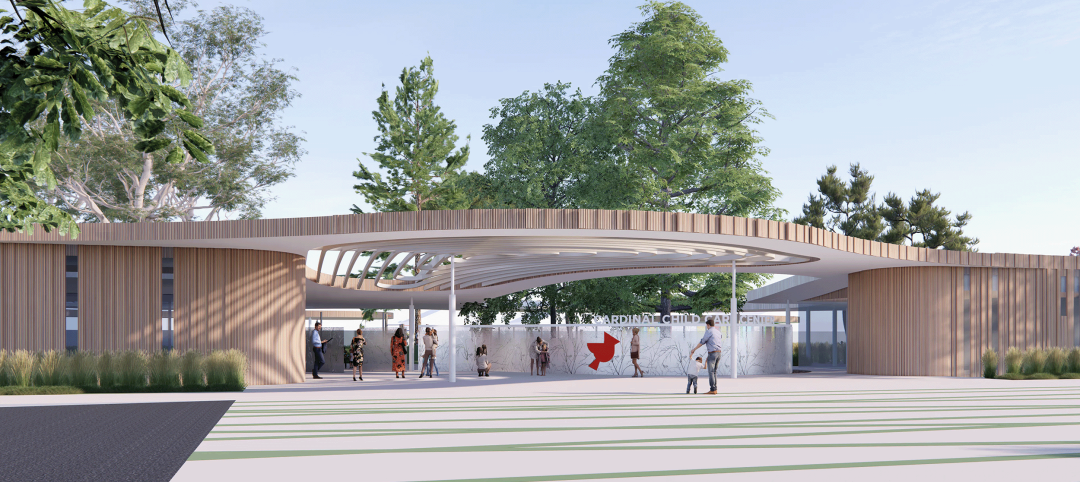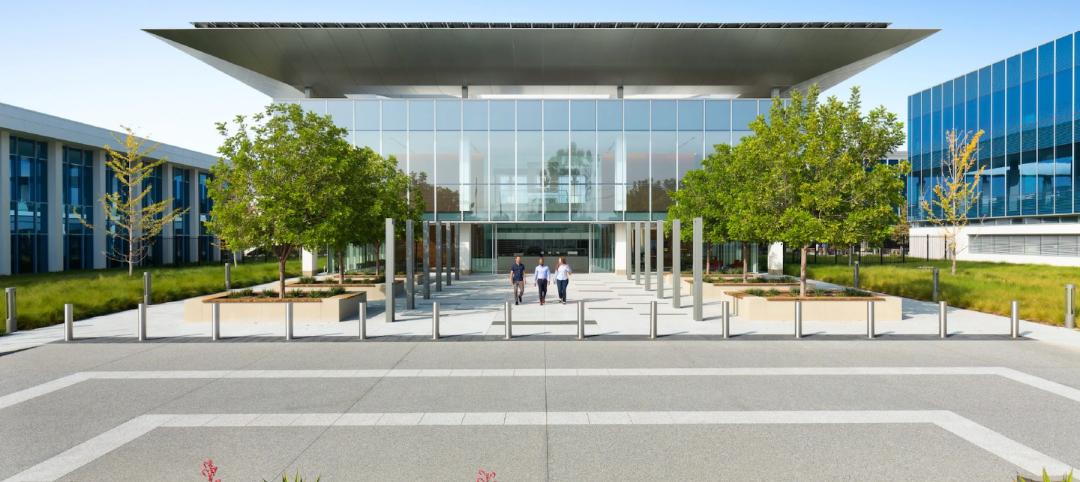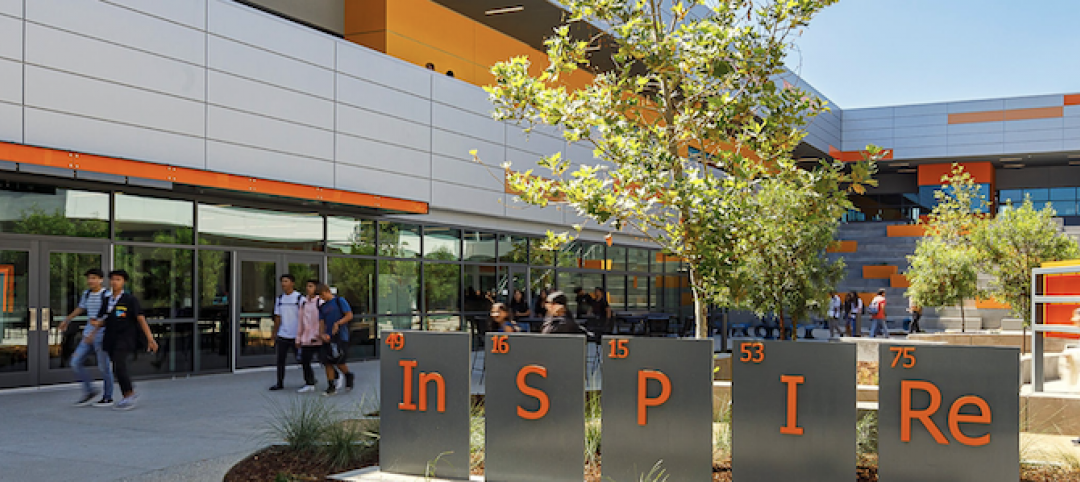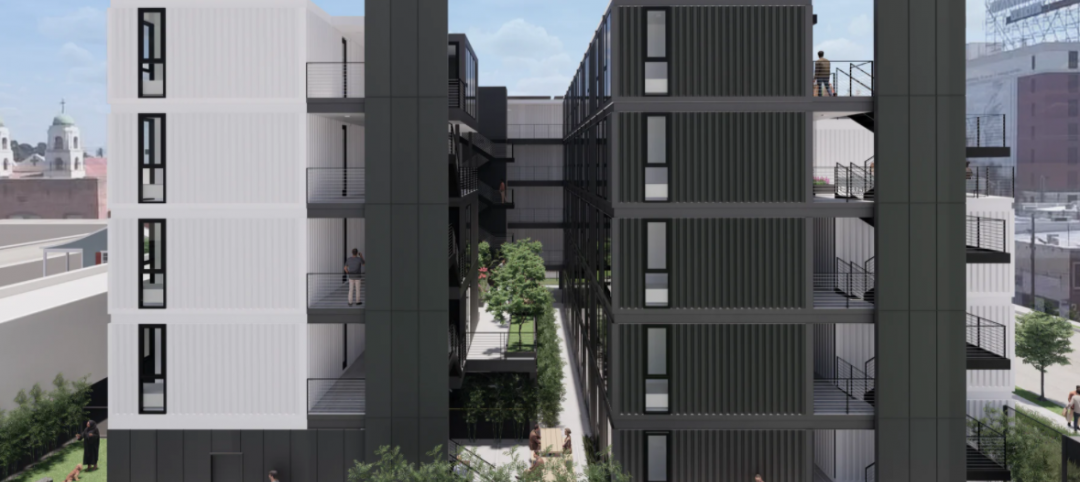Eonomics are a major factor in every school design decision, often conflicting with the goals of educators. With budgets tight, the discussion inevitably turns to dollars and cents, instead of the benefits of creating better school environments.
Next generation K-12 schools classroom advocates don’t have to shy away from the economic debate. They should embrace it. Flexible, modern classrooms should be viewed as a key element of a sound financial strategy, producing a solid return-on-investment.
Dollars and Cents
There are many ways to define value and they all must be part of the discussion. It’s not simply the cost of the buildings and the furniture, fixtures and equipment. The financial calculations need to include social, intellectual and community currency, the nonmonetary factors at the heart of the educational mission. If a facility is not meeting the goals of preparing students for the modern world, then it is not a strong economic plan for the district’s future.
Schools are long-term investments. A classroom that is still functional and relevant over the life span of the school is a smart investment. Open and flexible spaces will support new and innovative future programs, which saves money. You wouldn’t buy a cheap car that’s going to break down in three years any more than you would cut corners on a school that you need to last and stay pertinent for decades.
Looking simply at one-for-one expenditures, it’s true to say a mix of furniture and mobile stations usually costs more than 25 desks and chairs. Innovative materials and windows and flooring that allow for flexible learning spaces can all add cost to the bottom line. But that is an inherently shortsighted calculation.
Districts make a huge investment in their schools; it doesn’t make sense to spend on something that is a compromise. It’s always a better fiscal policy to spend the right amount of money to get something right, instead of spending less money to get something that is inflexible.
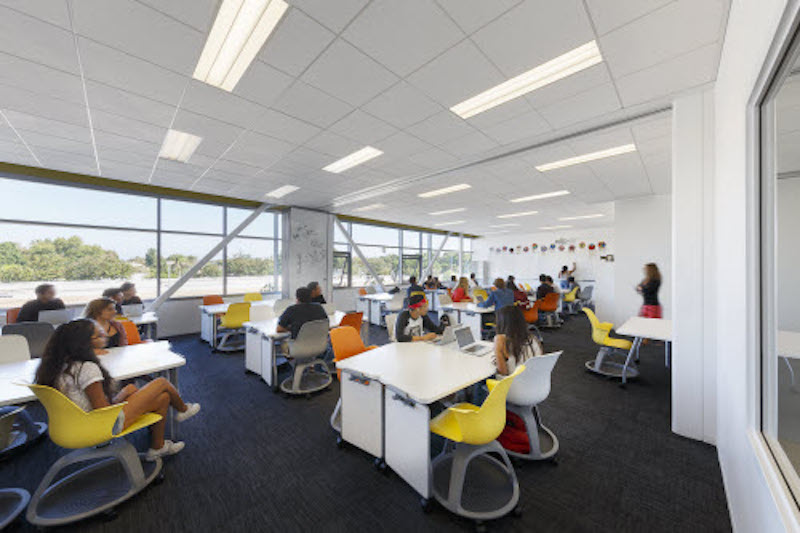
All About Efficiency
Next-gen classrooms are all about efficiency. Smart educational design can find better ways to use space and expand uses, adding value to existing areas and saving costs in the long run. A thoughtful designer can remove walls and find spaces within a corridor, turning a hallway into a teaching area. Standalone spaces that are not universally adaptable are avoided. As a result, the ratio of space to walls and circulation is greatly reduced.
Good design of a modern campus should take a holistic approach, reaping financial benefits throughout the operation. Energy efficiency, which goes hand in hand with modern classroom design, saves money from day one. During the modernization of the Alamo Heights Independent School District (ISD) in Texas, LPA designed a districtwide one megawatt (MW) solar photovoltaic system that saves approximately $260,000 annually.
But alternative energy grids are only part of the smart classroom process. The correct building orientation and window designs shield rooms from the heat, while maximizing opportunities for natural light, making for a brighter classroom experience and helping to create opportunities for incorporating outdoor spaces into the learning environment. Sensors can dim lights when natural light is available in daylit spaces, further cutting energy costs. No-wax floors provide great, versatile surfaces and help reduce custodial costs.
Even in the construction process, there are ways to slice expenditures. At LPA, we’ve developed a specialty in reimagining a campus while it stays operational. We essentially rebuild the spaces on top of the existing school. It’s a big, complicated shell game, but it allows the school to stay open and maintain functionality, while still achieving the goal of creating new teaching spaces.
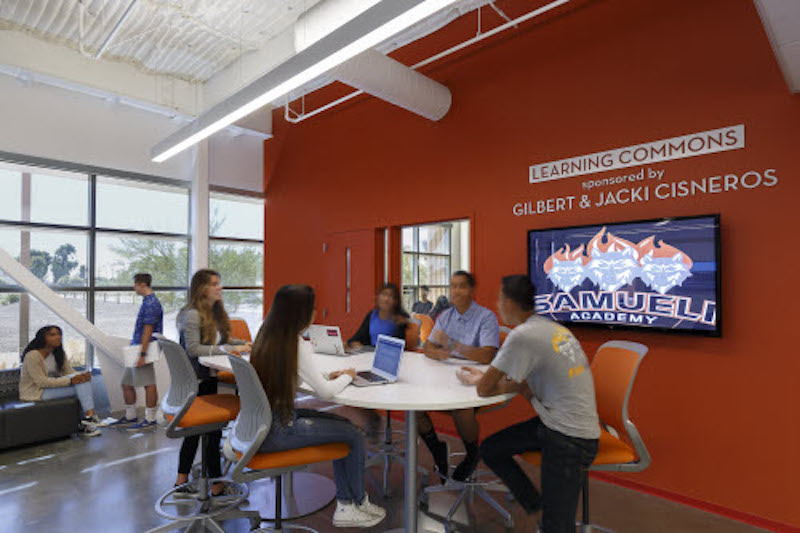
An Opportunity for Investment
In many cases, the potential ripple effects of smart design on the financial well-being of a district are not always immediately visible—the result of a combination of multiple nuanced efficiencies.
An open, creative educational environment increases retention rate in teachers, who represent one of biggest investment made by school districts. Teachers respond to the positive work environment in many of the same ways as students. Happy teachers are better teachers—and a stable faculty saves on recruitment and training costs, a direct impact on the bottom line.
Making the engaged classroom work requires administrators to invest upfront. Students are intuitive; if you put them in the space, they are going to start experimenting and exploring their environment. Additionally, educators must learn to use the space to maximize the teaching opportunities.
It’s essential to devote time and resources to lay the groundwork for the transition and get the most from the investment. Administrators can’t simply announce they are changing classrooms, they need to cultivate early adopters and get them to do it and love it, and let the word spread through the grass roots. That’s when you get buy in and the investment starts to produce results.
Smart design can help that process. It creates the opportunity for the best student outcomes and savings. But there is an education process. It’s often hard for decision-makers to think of design as anything but a commodity, even though it creates real value by allowing educators to effectively utilize their skillsets and maximize the educational opportunities for students.
The financial rewards of next-gen campuses shouldn’t be overlooked. The budget doesn’t have to be the road block for the educational goals. There are tough questions that must be asked. But there is a sweet spot where the goals of educators and financial constraints can meet to create the type of classrooms essential for producing students ready for the modern world.
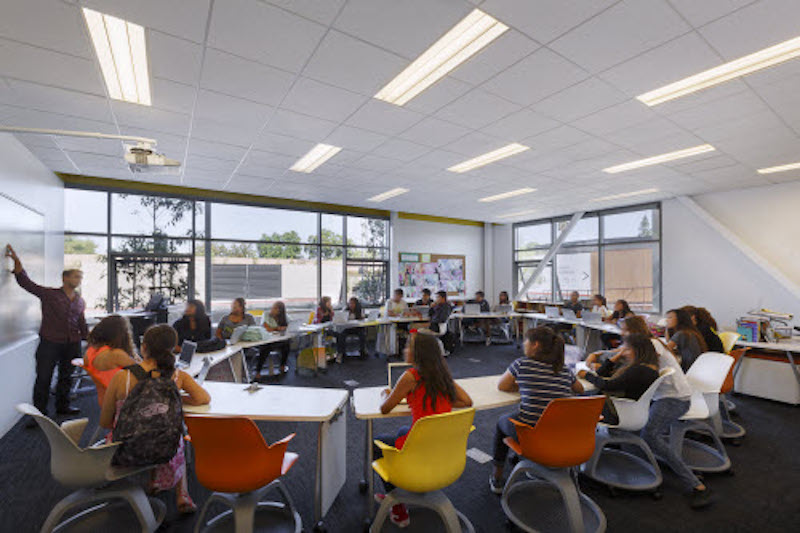
Lowell Tacker is a principal at LPA San Antonio and the past president of the South Texas Chapter of the Association for Learning Environments (A4LE).
More from Author
LPA | Mar 28, 2024
Workplace campus design philosophy: People are the new amenity
Nick Arambarri, AIA, LEED AP BD+C, NCARB, Director of Commercial, LPA, underscores the value of providing rich, human-focused environments for the return-to-office workforce.
LPA | Feb 8, 2024
LPA President Dan Heinfeld announced retirement
LPA Design Studios announced the upcoming retirement of longtime president Dan Heinfeld, who led the firm’s growth from a small, commercial development-focused architecture studio into a nation-leading integrated design practice setting new standards for performance and design excellence.
LPA | Mar 2, 2023
The next steps for a sustainable, decarbonized future
For building owners and developers, the push to net zero energy and carbon neutrality is no longer an academic discussion.
LPA | Dec 20, 2022
Designing an inspiring, net zero early childhood learning center
LPA's design for a new learning center in San Bernardino provides a model for a facility that prepares children for learning and supports the community.
LPA | Aug 22, 2022
Less bad is no longer good enough
As we enter the next phase of our fight against climate change, I am cautiously optimistic about our sustainable future and the design industry’s ability to affect what the American Institute of Architects (AIA) calls the biggest challenge of our generation.
LPA | Aug 9, 2022
Designing healthy learning environments
Studies confirm healthy environments can improve learning outcomes and student success.
LPA | Jul 6, 2022
The power of contextual housing development
Creating urban villages and vibrant communities starts with a better understanding of place, writes LPA's Matthew Porreca.
LPA | Mar 21, 2022
Finding the ROI for biophilic design
It takes more than big windows and a few plants to create an effective biophilic design.
LPA | Apr 28, 2021
Did the campus design work?
A post-occupancy evaluation of the eSTEM Academy provides valuable lessons for future campuses.
LPA | Feb 23, 2021
Rising costs push developers to consider modular construction
The mainstreaming of modular construction offers a cost-effective and creative solution to develop new types of urban developments.




